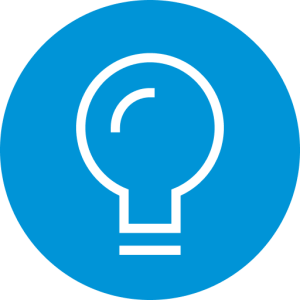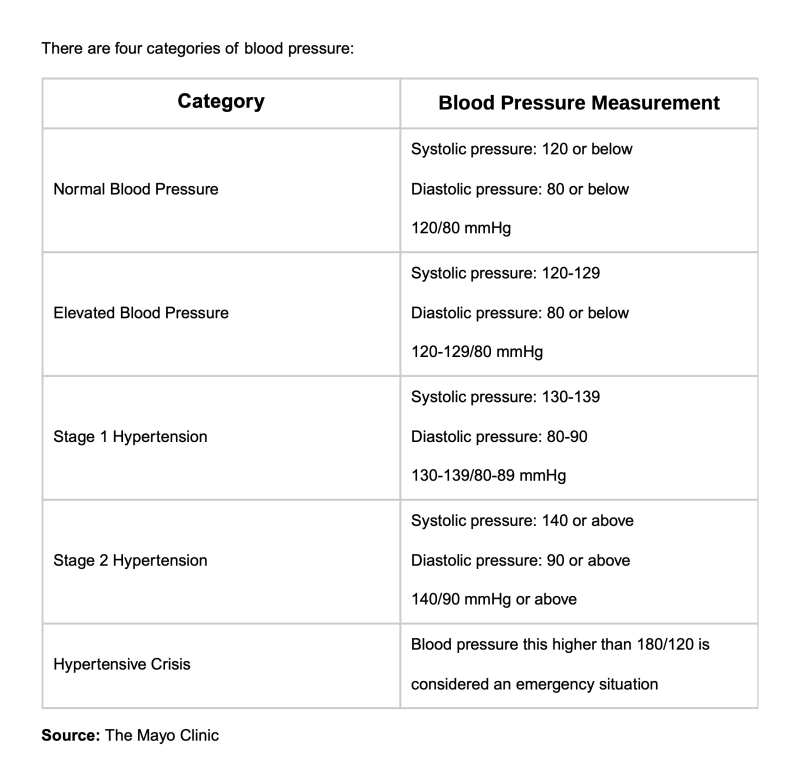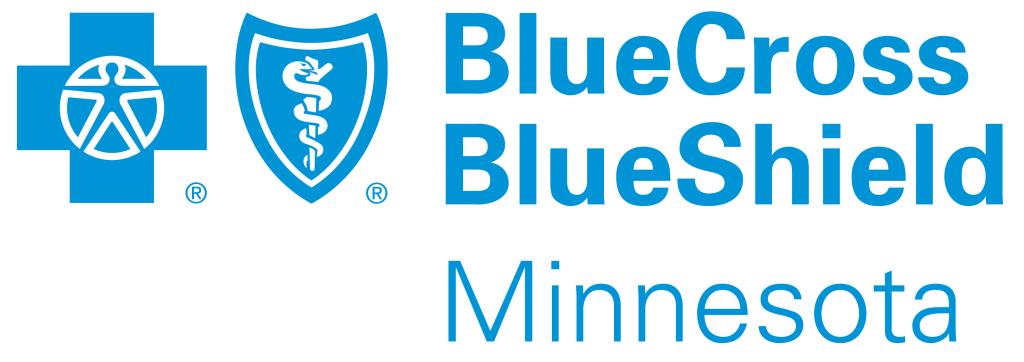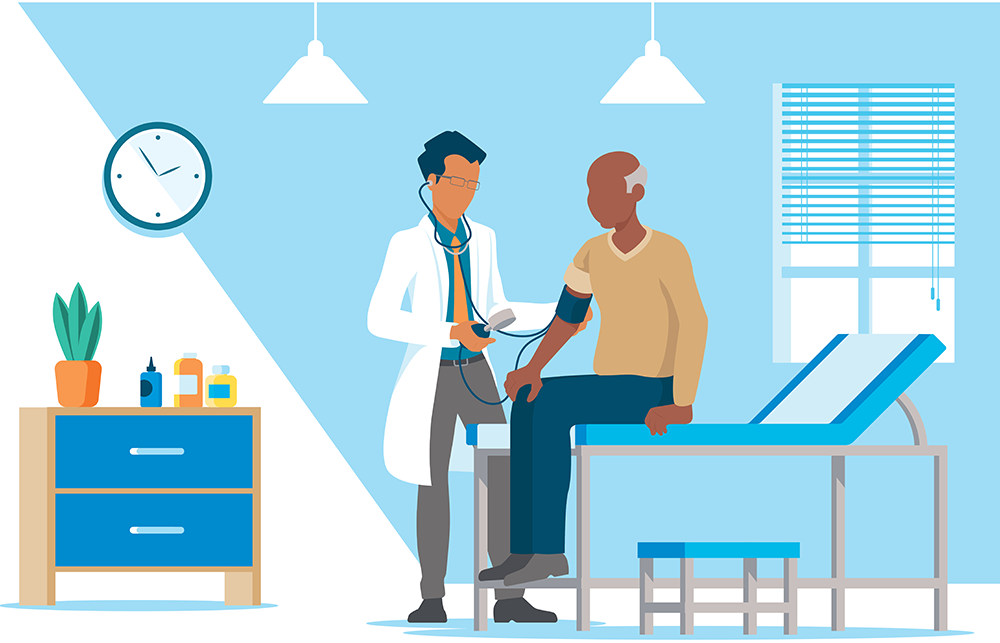Every visit to the doctor begins with a series of measurements: height, weight, temperature, pulse and blood pressure. All of these metrics provide insight about your overall general health, but your blood pressure test signifies important information about your heart health, specifically.
Blood pressure is the blood’s force as it is pumped through the arteries. Arteries are the vessels that carry blood from the heart to other parts of the body. Hypertension, also referred to as high blood pressure, happens when the pressure against the artery walls is too high.
High blood pressure is very common — according to the Centers for Disease Control and Prevention (CDC), this condition affects nearly half of adults in the U.S. Although this is a common condition, it is serious and can increase your risk for heart disease and other health concerns. Fortunately, it can be managed or prevented through healthy lifestyle choices.
How is blood pressure measured?
Blood pressure readings consist of two numbers: systolic blood pressure and diastolic blood pressure. Together, these two numbers form your blood pressure measurement.
• Systolic blood pressure measures the pressure the heart exerts when it pumps blood. This number is always the higher number of the two and is read first. For example, in a blood pressure reading of 120/80 millimeters of mercury (mmHg), the systolic measurement is 120 mmHg.
• Diastolic blood pressure measures when the heart rests between beats. This number is always the lower of the two and is read second. In the same blood pressure reading of 120/80 mmHg, the diastolic measurement is 80 mmHg.
When to see a doctor?
Hypertension doesn’t produce symptoms. A few people with severely high blood pressure may experience headaches, shortness of breath or nosebleeds. But the vast majority of people with hypertension will not experience any symptoms at all. Because of this, everyone aged 40 and over should have their blood pressure measured annually at your wellness visit.
Sometimes doctors recommend having blood pressure measured more frequently — or at home. If you take readings at home, be sure to share with your doctor. You should follow your primary care provider’s guidelines.
So long, sodium!
Tips for reducing your salt intake
Lowering your salt consumption is essential in lowering your blood pressure. Here are some tips for reducing your sodium intake:
At the store:
● Buy fresh, frozen or canned vegetables with no salt added
● Choose packages labeled “low sodium,” “reduced sodium,” or “no salt added”
● Read the nutrition label and choose foods with lower sodium
● When buying prepared meals, look for those with less than 600 milligrams of sodium per
meal
● When possible, choose fresh poultry, fish, and meat over processed, cured, or smoked options
At home:
● Use salt alternatives like garlic, citrus juice, salt-free seasonings, or other spices
● Eat more fresh fruits and vegetables
● Limit instant products and ready-made sauces
At the restaurant:
● Request that no salt is added to your meal
● Split your meal, or have half of it boxed immediately
● Reduce how frequently you dine out
Source: The Centers for Disease Control and Prevention
Management
It is very important to manage your blood pressure. High blood pressure increases your risk of heart disease, stroke, kidney disease, vision complications, and other medical conditions.
Depending on various factors, doctors may prescribe medications, called antihypertensives, to help lower blood pressure. There are several different types of blood pressure medications, and it is not uncommon to have two different prescriptions for hypertension. Taking medications exactly as prescribed is the only way to ensure the drug’s effectiveness. As always, make sure to tell your doctor about every medication and supplement you take, as sometimes drugs have negative interactions.
Most of the time high blood pressure can be managed or prevented simply by making healthy lifestyle changes. Common ways to manage your blood pressure include:
• Losing weight
• Getting at least 30 minutes of moderate physical activity daily
• Eating a heart healthy diet
• Reducing salt intake
• Limiting alcohol
• Quitting smoking
• Getting enough sleep
Whether your doctor prescribes lifestyle changes alone or with medication, taking action to control high blood pressure increases your overall health and longevity.
Did you Know?

Nearly half of all U.S. adults have high blood pressure. SOURCE: CENTERS FOR DISEASE CONTROL AND PREVENTION



